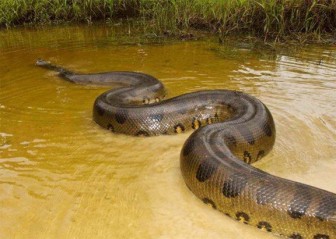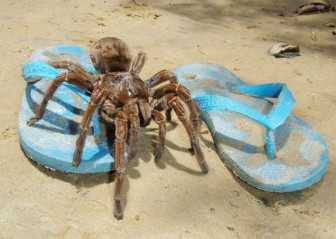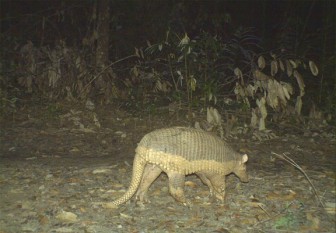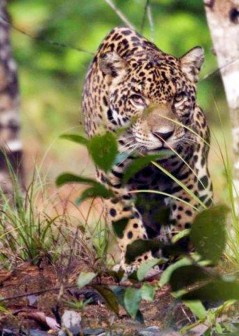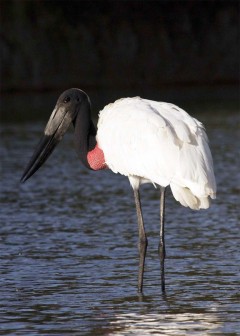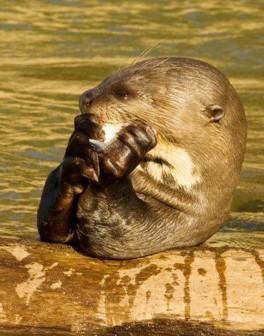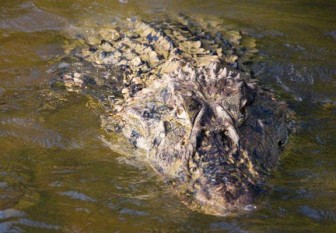The Iwokrama Forest and Rupununi Wetlands are home to healthy populations of Guyana’s Giants. While this is impressive, these giants are rare and in many cases, endangered, despite being large. Ironically, these giants are very hard to see throughout most of their range as they are at the top of the food chains and need a lot of space to roam and hunt. Keystone species are important for maintaining balance in ecosystems and ecosystem functions; if keystone species are removed, it can lead to cascading changes in other species populations, disrupt the population balances of other animals that they would have preyed on as well as natural ecological functions such as seed dispersal and plant structure in a forest.
Visitors to the Iwokrama Rain Forest and Rupununi Wetlands stand a good chance of seeing some of the world’s most impressive and endangered giants: the Puma and Jaguar are two of the largest terrestrial carnivores in South America; the Harpy Eagle is a massive aerial predator and the largest eagle in South America, the Jabiru stork is the tallest flying bird in the Americas and the King Vulture is the largest of the New World vultures. The Giant River Otter is the largest otter in the world and the Capybara is the world’s largest rodent. The Arapaima is the world’s largest, scaled freshwater fish and is unique in that it is an obligate air breather that cares for its young by providing nutrition from “milk” secreted from its head. The Giant River Turtle and Black Caiman are two extraordinarily large reptiles, and while endangered in most of their range in South America, maintain healthy populations in Iwokrama and the Rupununi. The Anaconda is the world’s heaviest snake and the Bird Eating Spider is the largest spider in the world.
![]() Unfortunately, hunting and habitat destruction threaten large predators worldwide; in Guyana, we have an opportunity to maintain a healthy environment though management. These large animals are also central to tourism development, and can generate more income alive than dead. The Giants are Guyana’s flagship species and with management and maintenance actions, we can ensure this rich natural heritage for generations to come.
Unfortunately, hunting and habitat destruction threaten large predators worldwide; in Guyana, we have an opportunity to maintain a healthy environment though management. These large animals are also central to tourism development, and can generate more income alive than dead. The Giants are Guyana’s flagship species and with management and maintenance actions, we can ensure this rich natural heritage for generations to come.
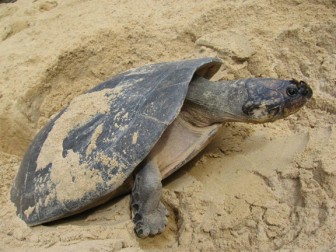
Rain forests are rich in biodiversity and are home to many different plants and animals as well as indigenous communities. Humans, even those who don’t live in the rain forest, rely on it for resources such as building materials (wood and lianas), medicine and fruits. Rain forests also provide essential environmental services for life on earth; they create soil as well as prevent soil erosion, produce oxygen though photosynthesis, maintain clean water systems, and are a key defence against climate change.

The Iwokrama Rain Forest is 371,000 hectares, located in the heart of Guyana. Our mission is to develop strategies for conservation and sustainable development for local people in Guyana and the world at large. We are involved in timber, tourism and training. Come and visit us in the rain forest or at http://www.iwokrama.org.
